Human evolution is not just about the physical changes we have undergone in the past few million years ago but also the changes in our behaviour. The study of primate behaviour is very essential as it gives us the clues about the possible behaviours of our ancestors.
Studying an animal in relation to its environment is called as behavioural ecology. Socio biology is the study of the structure and development of social organizations in animals including humans with a focus on evolutionary history.
Dominance: Primates, which live in groups, have a habit of forming "dominance hierarchies". Animals higher in the hierarchy shift lower ranked individuals from resources like mates, space and food. They have higher success rate in reproduction either by mating more often or by having more resources to invest in their offspring. The hierarchy is not fixed and depends on a number of changing factors like age, sex, aggression, intelligence and may also depend on the support of others.
The hierarchy rank is learned by the offsprings through play, agonistic and affiliative interactions. This maintenance of social position and social knowledge of one’s own rank is an important postulate of theories on evolution of large brain size in humans.
Grooming: This is a common primate activity. Grooming is an important affiliative mechanism which is used to strengthen links. Subordinate animals groom the dominate ones, males groom females for sexual contact, mothers grooming infants to keep their fur clean. Hence, grooming is certainly the bond that keeps the social structure of primates together.
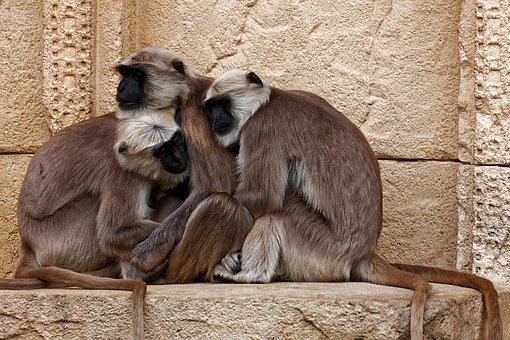
Communication: This includes scents, body postures, gestures and vocalizations. Some of the communications are autonomic responses which indicating emotional situations like fear, excitement, confidence and anger. Other communications seem to have more specific purposes like loud ranging calls in howler monkeys and gibbons; quiet contact calls in lemurs, fear calls in lost infants.
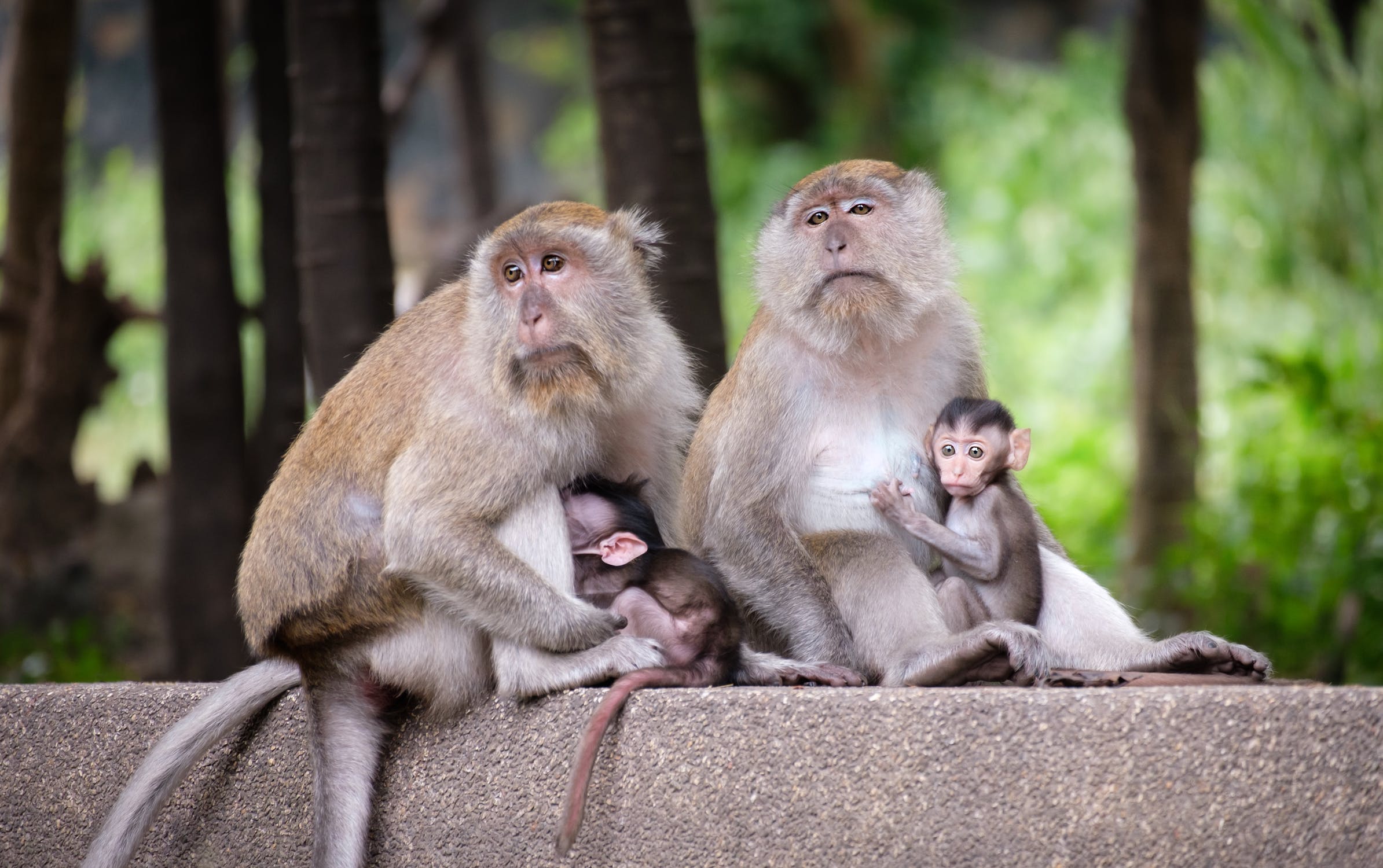
Humans find it easy to associate sounds with definite meaning but non-human primates use gestures and actions to communicate. For example, presentation and mounting behavior is used to diffuse potentially aggressive situations. Facial expression is an important communication in chimps. Their expression often appears human-like. Recent advances in teaching American Sign Language to chimps are successful.
Reproduction: In all primates, except for humans the females are seasonally or cyclically receptive. When the females are receptive, physical changes like perianal swelling etc. occur. Pair bonding of any kind is unusual in primates, though gibbons are lifelong monogamists and some new world monkey groups have only one reproductively active pair in any given group. Chimps, especially pygmy chimps, have consort ships of several weeks where copulation is frequent, but there is still no good evidence for paternal care of the infants.
Mothers and infants: This is one of the prime and important communication behaviors for many primates. This mother infant bonding is required to help the infants to interact properly with an adult, and for female to be able to handle the offspring. But in zoo animals reared by zoo keepers this is the big problem. In some primates, this mother infant bond continues even after infancy. The females remain in the group as a "matriline" and the males disperse to other groups. The power of one of these female bonded matrilines is sufficient for female group to be more dominant than the chief male, even though he is much bigger than an individual member.
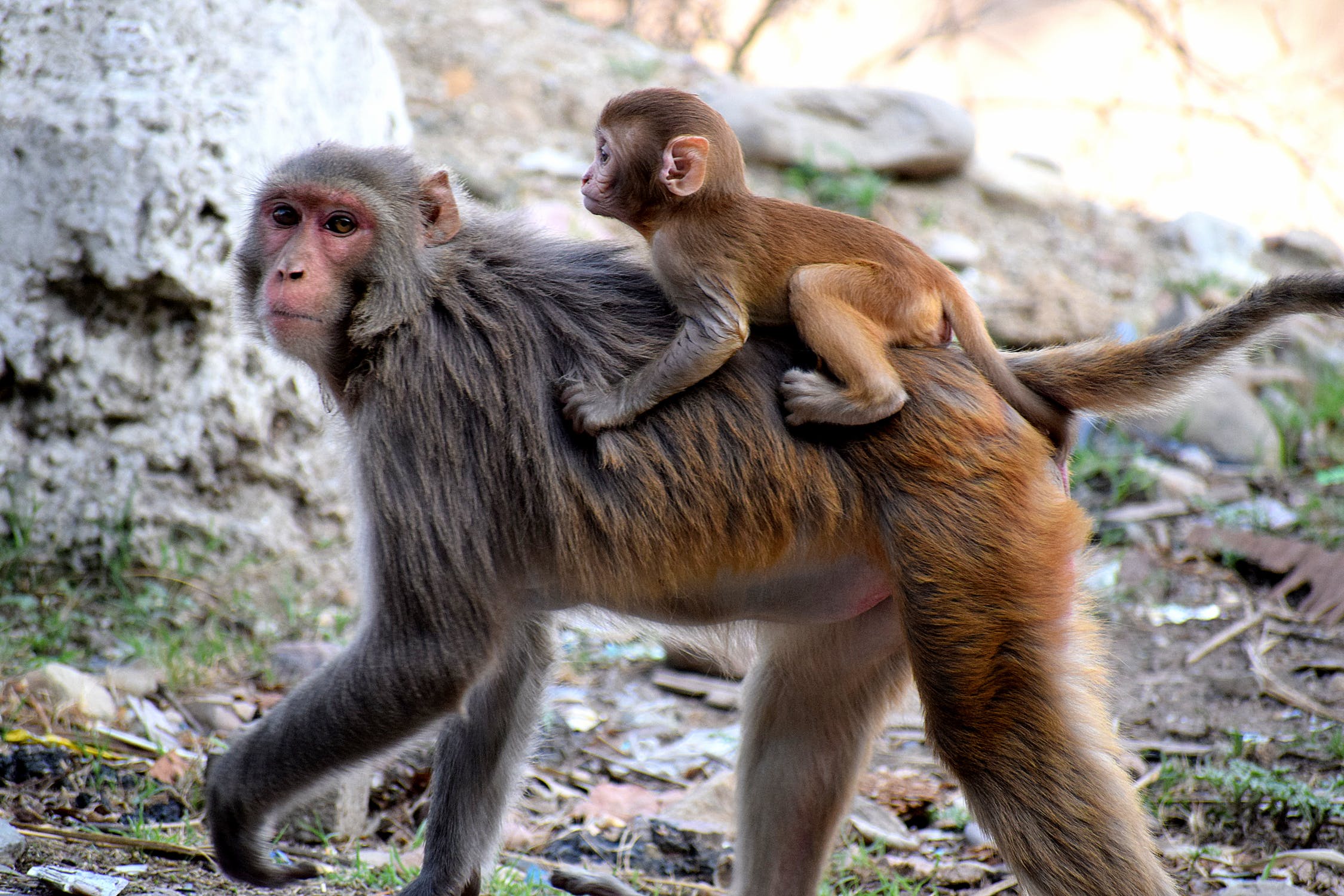
Aggressive and affiliative behavior: Aggressive and affiliative behavior exist to keep the group structure to run smoothly. Aggressive and affiliative behavior occasionally directed outside the group. For example, Baboons gang up to repel the attacks by hyenas and chimps gang up to destroy neighboring groups of chimps.
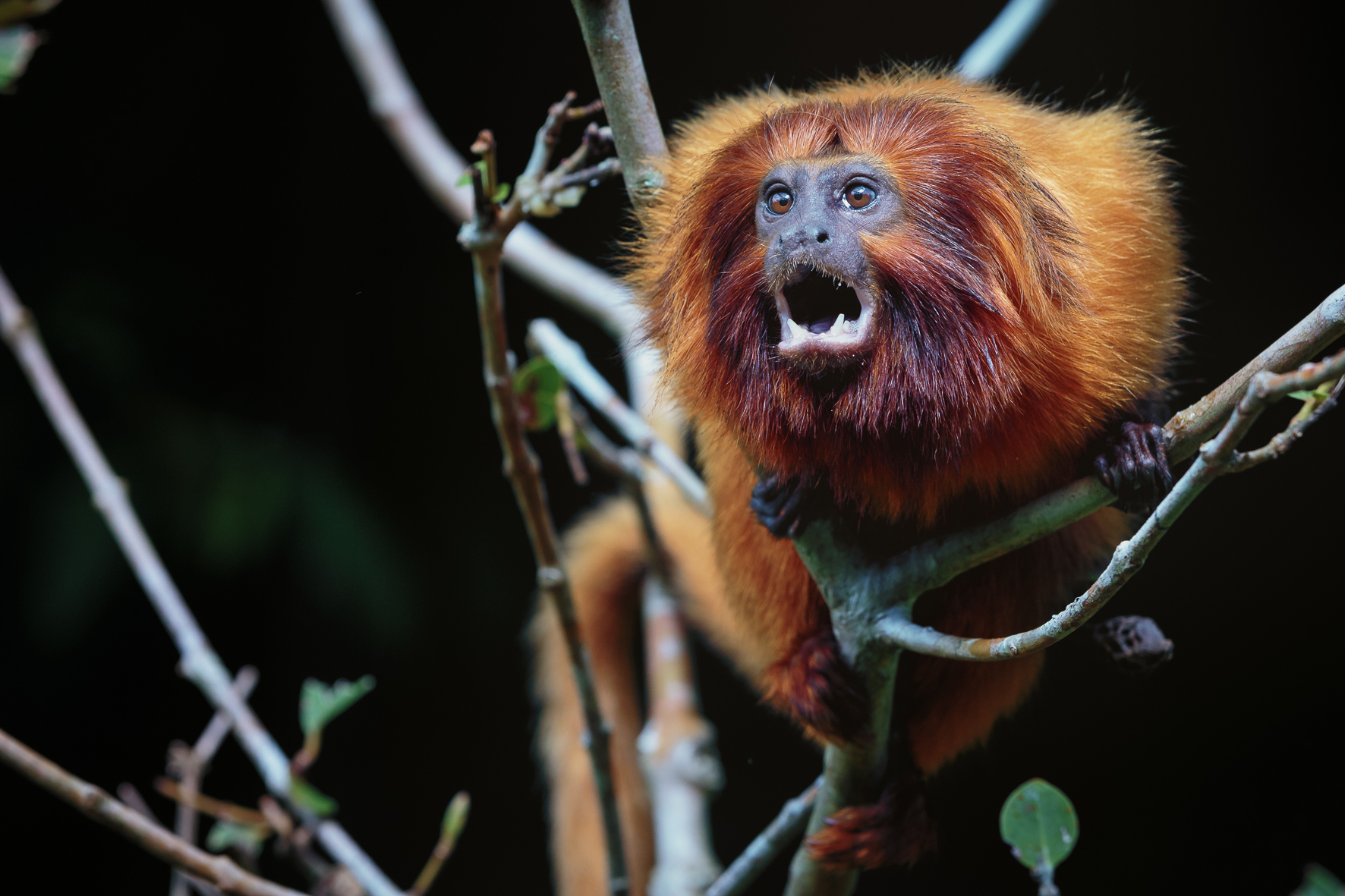
Some ethnologists argue that development of bipedalism is driven by aggressive, dominance display behavior. For example, gorilla standing on two legs and banging his chest, a male chimp standing on two legs to charge a subordinate.
Cultural behavior: This is learned behavior that is passed from one generation to other. Though this appears to be a behavior confined only to humans, it has been observed in primates also. For example one of the Japanese macaques accidentally learned that the sweet potatoes tasted better if the sand was washed off. And this behavior has now spread through the whole Japanese macaque group. It also interesting to note that, this behavior is being passed on to infants. This is now part of Japanese macaque culture.
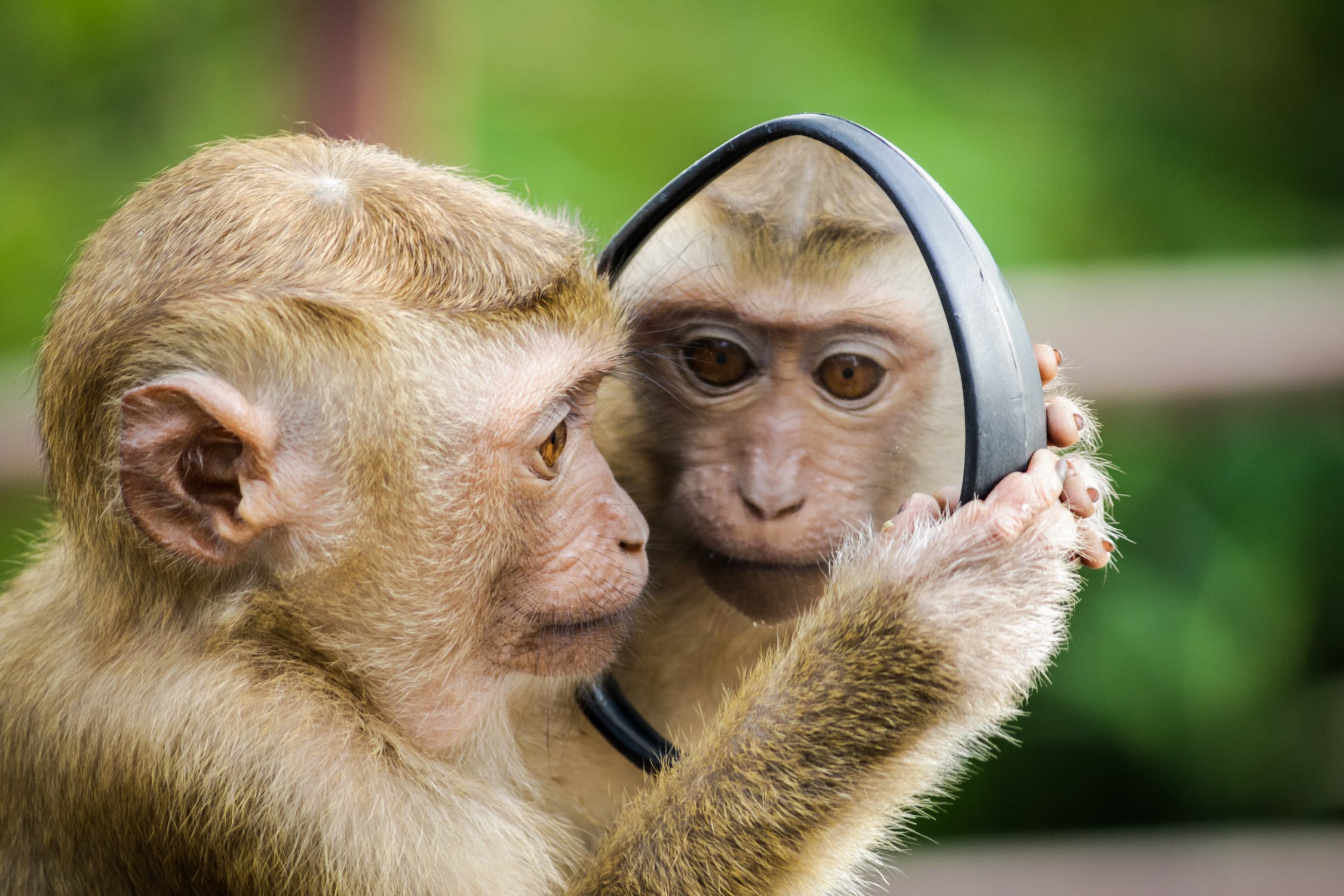

- Share with your friends! -
Login to post your comment here...
- or with social Account -